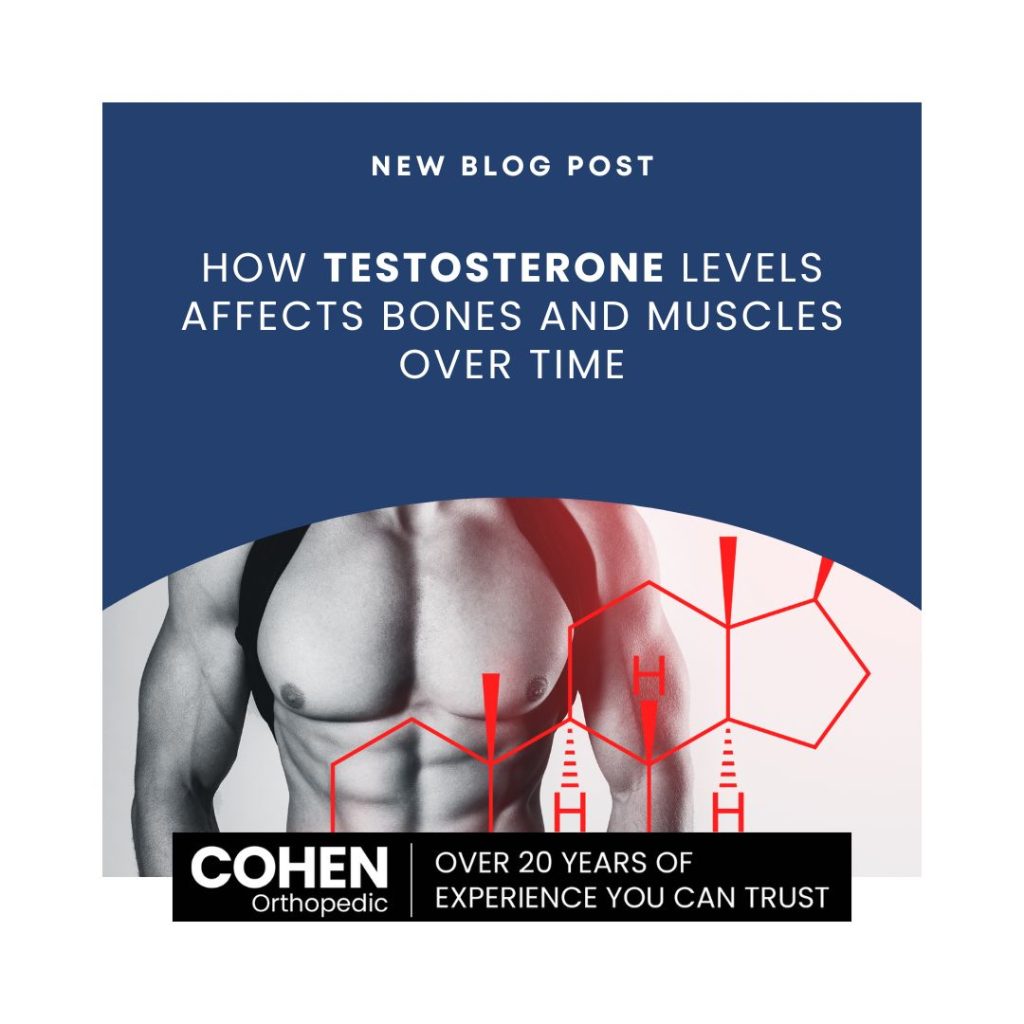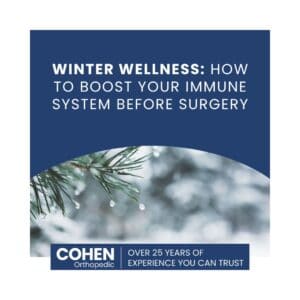How Testosterone Levels Affect Bones and Muscles Over Time
Understanding the Hormone That Fuels Men’s Strength and Mobility

June is Men’s Health Awareness Month, and there’s no better time to talk about one of the most influential hormones in a man’s body: testosterone. While it’s often associated with libido and energy, testosterone also plays a vital role in maintaining muscle mass, bone density, and overall orthopedic health.
Let’s explore how testosterone affects muscles and bones—and what happens when levels start to decline over time.
What Is Testosterone?
Testosterone is a sex hormone primarily produced in the testicles. It’s responsible for developing male physical characteristics like a deeper voice, facial hair, and increased muscle and bone mass during puberty.
But its role doesn’t stop there. Throughout adulthood, testosterone helps regulate:
- Muscle size and strength
- Bone growth and maintenance
- Fat distribution
- Red blood cell production
- Mood and mental clarity
Testosterone and Muscle Health
Testosterone directly influences muscle protein synthesis, the process your body uses to build and repair muscle tissue. High testosterone levels are associated with:
- Greater lean muscle mass
- Improved strength and endurance
- Faster recovery after exercise or injury
As men age, testosterone levels naturally decline by about 1% per year after age 30–40. This gradual reduction can lead to:
- Muscle loss (sarcopenia)
- Increased body fat
- Decreased strength and mobility
Testosterone and Bone Health
Testosterone is also crucial for maintaining bone mineral density. It stimulates the activity of osteoblasts—the cells that build new bone.
When testosterone levels drop:
- Bones may become thinner and weaker
- Risk of osteopenia and osteoporosis increases
- Fractures from falls or minor injuries become more common
Surprisingly, men are less frequently screened for osteoporosis than women, even though testosterone-related bone loss can be just as serious.
Many men also report joint pain, back issues, and decreased energy, which may be partly tied to hormonal changes.
🩺 What Can You Do?
If you’re noticing changes in strength, stamina, or recovery, it’s worth looking into your hormone levels. Here are a few steps to support your musculoskeletal health:
- Get Tested
- A simple blood test can check testosterone levels. Low testosterone (hypogonadism) can often be treated.
- Stay Active
- Weight-bearing exercises help preserve both muscle and bone mass.
- Eat Smart
- A diet rich in protein, calcium, vitamin D, and healthy fats supports hormone balance.
- Consider Medical Options
- In some cases, testosterone replacement therapy (TRT) or other treatments may be recommended under the guidance of a physician.
- Consult an Orthopedic Specialist
- If you’re experiencing joint pain or recurring injuries, a specialist can evaluate whether hormone changes may be contributing to your symptoms.
In Conclusion
Testosterone is more than just a “male hormone”—it’s a key player in long-term musculoskeletal health. As testosterone levels decline naturally with age, being proactive can help men maintain strength, prevent injury, and stay mobile well into their later years.
This Men’s Health Awareness Month, take a moment to check in on your strength, your movement—and your hormones.










